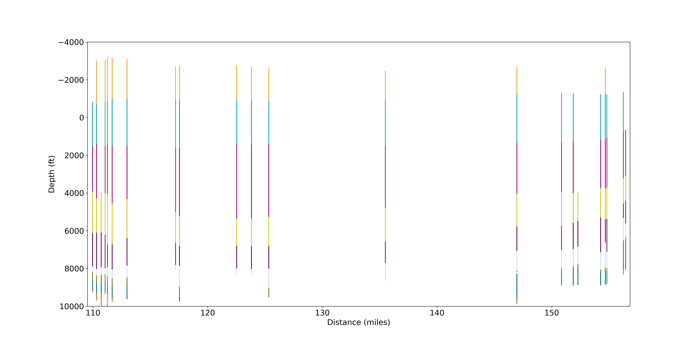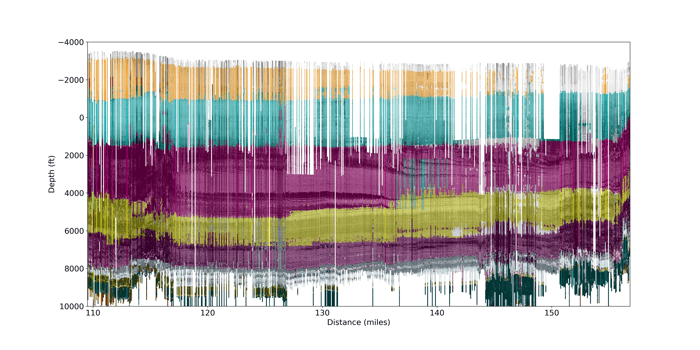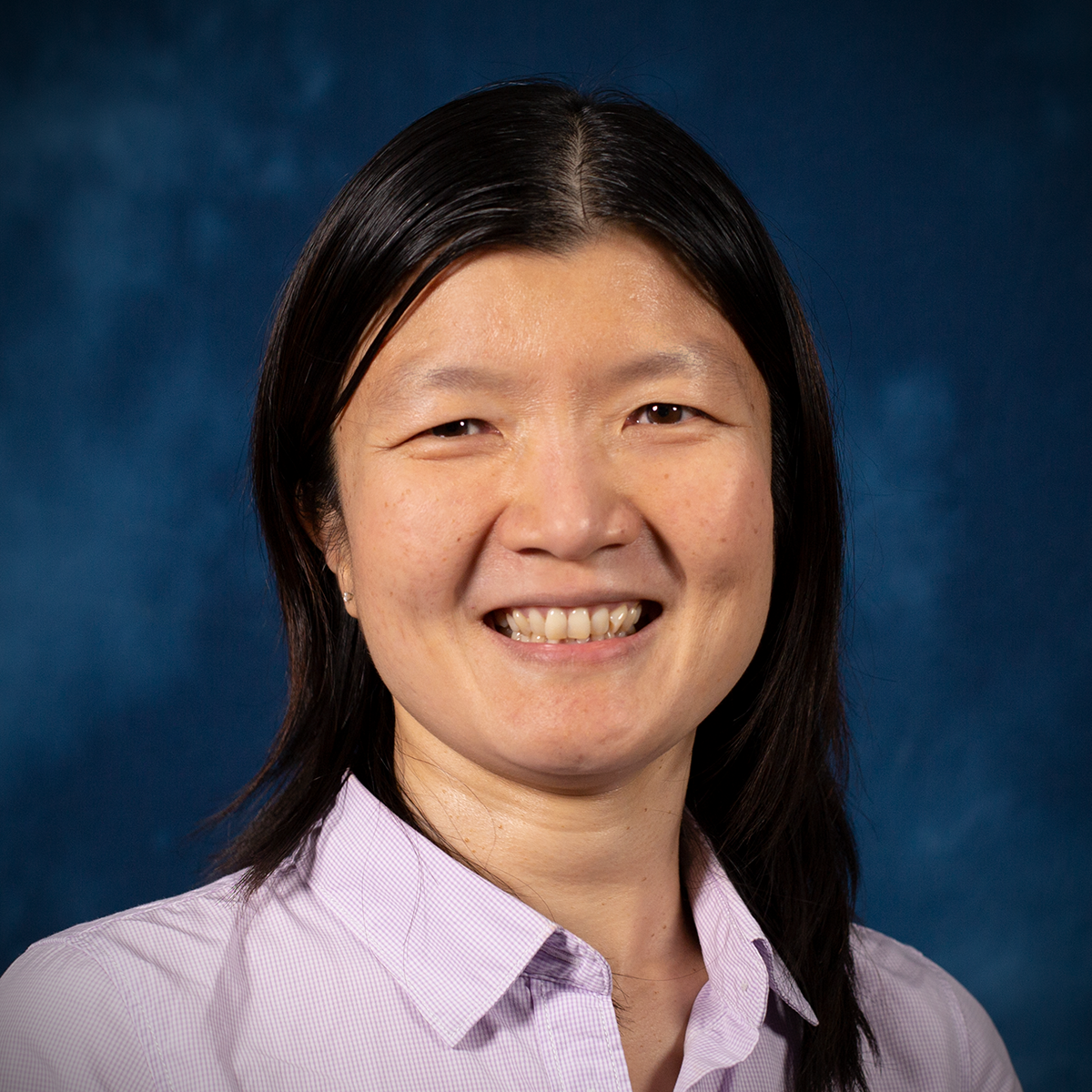ARLAS, Analytics Ready LAS, built from the world’s most extensive digital well logs library, has hit the ground running in 2020! TGS started 2019 with zero predicted well logs in inventory but made significant progress toward getting the first basin, the Permian in the onshore USA, cleaned and processed efficiently through the early part of 2019. By March, the Permian Basin was completed, and we were well on our way with the Anadarko Basin in the US. By the end of 2019, TGS had completed processing over 1,000,000 LAS files from onshore US and Canada. From one basin taking over nine months to process to the newer applications now taking less than two months, TGS has made incredible strides on this unique and valuable data set.
ARLAS is a machine learning-based workflow that predicts missing gaps and nonrecorded measurements in five types of well logs: gamma ray, bulk density, deep resistivity, compressional sonic, and neutron porosity. TGS now has ARLAS in the following basins: Ardmore, Anadarko, Arkoma, Denver, Eagle Ford, Haynesville, Marcellus, Permian, Powder River, San Joaquin, San Juan, and Williston. For more information on ARLAS, please refer to the previous edition of our newsletter.


Fig 1 – Geologists picked formation tops are picked efficiently by machine learning models for all wells within the Midland basin
What’s next for ARLAS?
Having access to standardized and completed well logs has enabled various data analytic workflows at TGS. Starting with complete well logs and formation tops picked by geologists as labels, we can train machine learning models to efficiently pick tops for thousands of wells within a few hours. From a cross-section of these predictions, the ML algorithm can provide basin-wide formation trends (Fig. 1).
We have also developed a cross-section tool which enables the selection of thousands of ARLAS wells along arbitrary lines traversing a basin. This tool offers the capability to generate zero-offset synthetic seismic, which facilitates a detailed and accurate understanding of the basin (Fig. 2). A video recording illustrating the application of this technology can be viewed online at URTEC 2020’s U-Pitch Technology Showcase given by Arvind Sharma, VP Data and Analytics of TGS.

Fig 2 – Zero offset synthetic seismic line computed along an arbitrary line traversing Delaware basin through the Central platform and across the Midland basin
Making ARLAS Accessible
At TGS, we believe in being transparent with our ML technology. Therefore, we are investing our efforts to make the curve prediction models accessible on the cloud. A microservice application will allow clients to try out our ML models to predict missing gaps and well log curves in the Permian and Anadarko basins (Fig. 3).

The availability of production scale ARLAS enables novel workflows that were previously infeasible. Visualizing well data from different dimensions is a powerful method to design workflows for understanding context of the subsurface. To that end, we have designed a tool which enables geoscientists to select ARLAS wells along arbitrary lines to examine cross section trends (Fig. 4).

Continuous Improvements
With client feedback and input from expert geologists, we have shortlisted some significant quality improvement steps to upgrade the next generation of ARLAS models. There are two facets for improvement:
Data quality
In the initial version of ARLAS, we performed an algorithmic selection of curve mnemonics which require minimal data cleanup. For the next version of ARLAS models, we plan to incorporate a larger curve dataset. With the additional data, we introduce new challenges for data cleanup.
Data correction steps that will be undertaken include: separately modeling deep resistivity measurements from laterolog versus induction log, identifying the limestone, sandstone, and dolomite scales in neutron porosity and converting units of measurements from ancient gamma ray logs recorded in counts (microgram radium per ton) to GAPI. We are also identifying geologic formations, performing dynamic warping, and normalizing gamma ray levels.
We have built ML models to classify anomalous density measurements from cave-in recordings. We plan to use this classification technique to erase wrong density measurements prior to training new models. These new models will then be used to predict in areas of deleted as well as missing density recordings. The project was highly successful, and the details are described in a paper submission titled “Automatic Detection of Anomalous Density Measurements due to Wellbore Cave-in,” which will be published in an upcoming edition of SPWLA’s Petrophysics Journal.
Algorithm
ML algorithms are rapidly changing and improving. Our future plans include exploring state-of-the-art algorithms to improve on model accuracy.
Product Expansion Plans
Based on popular demand, we are planning to add more types of predicted curves to the ARLAS product including shallow and medium resistivity, and shear sonic. We are researching the ability to click a spot on a map and predicting what the well log curve response might be where there is no well at that location. With ARLAS, the possibilities are endless! Visit www.tgs.ai to learn more.


